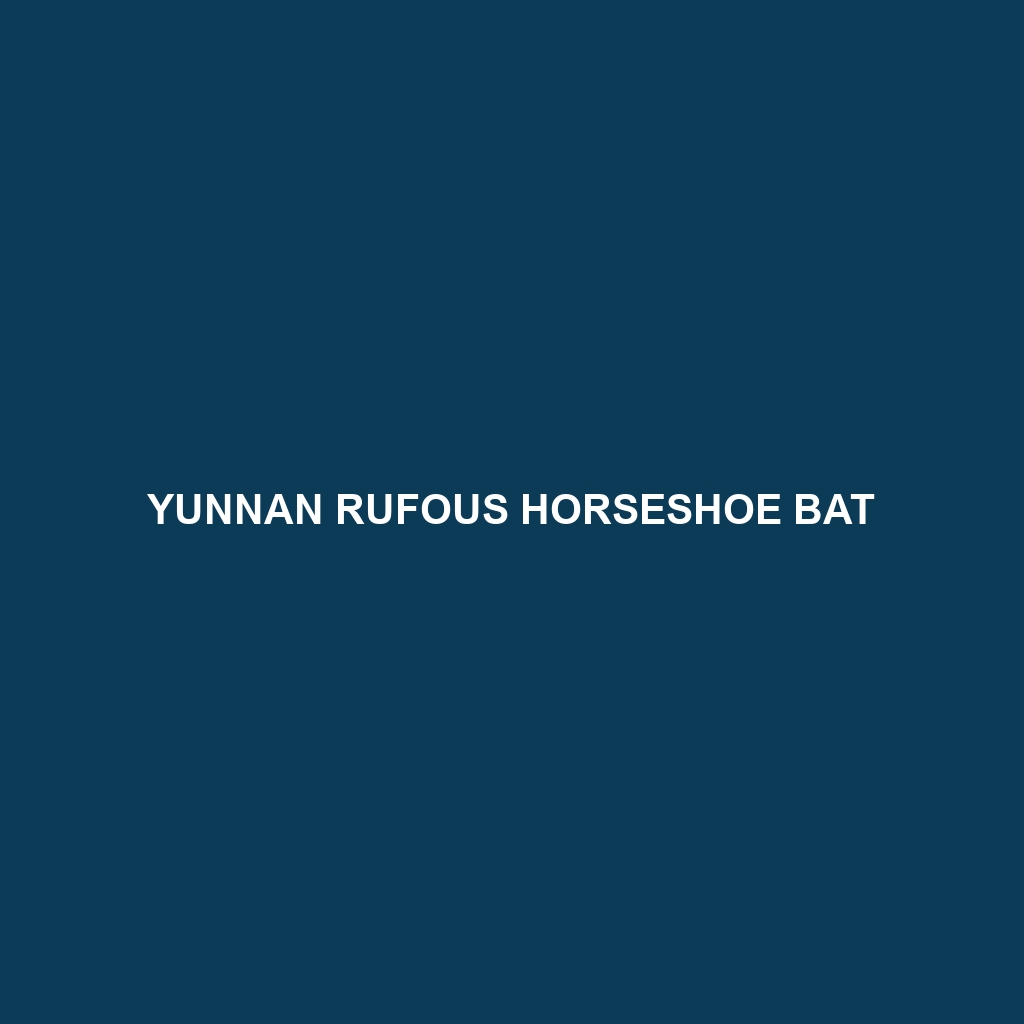Lesser Woolly Horseshoe Bat
Common Name: Lesser Woolly Horseshoe Bat
Scientific Name: Rhinolophus sedulus
Habitat
The Lesser Woolly Horseshoe Bat primarily inhabits subtropical and tropical forests, grasslands, and wetlands across regions of Southeast Asia, including countries such as Malaysia, Thailand, and Indonesia. These bats prefer environments with dense vegetation for roosting and are often found in caves, abandoned buildings, and tree hollows that offer protection from predators.
Physical Characteristics
This species typically measures about 3.5 to 4.5 centimeters in body length, with a wingspan reaching up to 30 centimeters. Their fur is soft and dense, appearing grayish-brown or tawny, which provides excellent camouflage against tree bark. One distinctive feature is their characteristic horseshoe-shaped nose leaf that aids in echolocation, a vital adaptation for hunting.
Behavior
The Lesser Woolly Horseshoe Bat is nocturnal, predominantly emerging at dusk to forage for food. It exhibits social behavior, often roosting in large groups. These bats are known to utilize sophisticated echolocation techniques to navigate and hunt for insects, particularly moths and beetles, in flight.
Diet
This bat primarily feeds on a diet of insects, specifically targeting moths and beetles, which constitute the bulk of its diet. Their foraging habits are integral to managing insect populations, and they are often observed hunting in open spaces near water bodies where insects are abundant.
Reproduction
The reproductive habits of the Lesser Woolly Horseshoe Bat include a breeding season typically occurring from late spring to early summer. Females give birth to one or two pups after a gestation period of approximately 45 days. Mothers are known to care for their young in communal roosts, which provide additional warmth and protection.
Conservation Status
Currently, the Lesser Woolly Horseshoe Bat is classified as vulnerable due to habitat loss and degradation driven by deforestation and human activities. Conservation efforts are crucial to protect their habitats and ensure the stability of their populations.
Interesting Facts
One fascinating fact about the Lesser Woolly Horseshoe Bat is its remarkable ability to adapt to various habitats, allowing it to thrive in both natural and altered environments. Additionally, they have a unique grooming behavior that increases echolocation sensitivity by helping to keep their fur clean.
Role in Ecosystem
The Lesser Woolly Horseshoe Bat plays a vital role in its ecosystem as a natural pest controller. By consuming large quantities of insects, they help maintain the ecological balance, preventing pest outbreaks that could harm crops and other vegetation. Their presence indicates a healthy environment and contributes to biodiversity.
